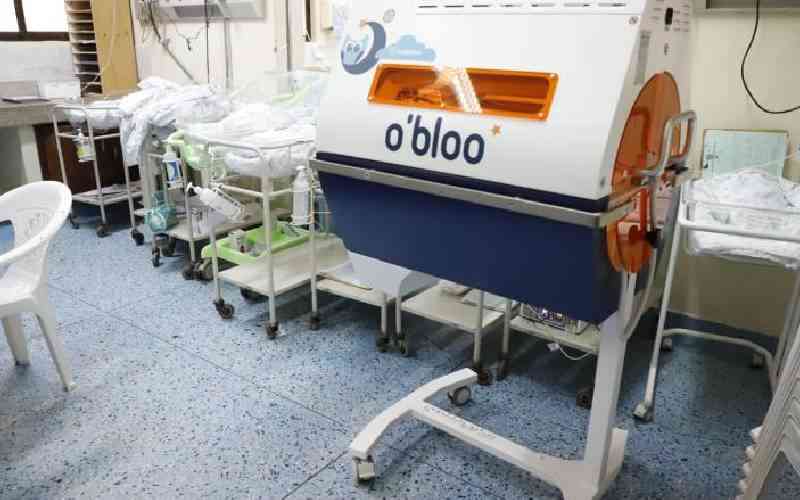×
The Standard e-Paper
Fearless, Trusted News

Are you anxious after giving birth to a child who has developed jaundice?
There is no cause for alarm with the discovery of phototherapy tunnel/cradle technology. The technology clears neonatal jaundice within eight hours, as compared to the traditional phototherapy machine, which would take more than three days.